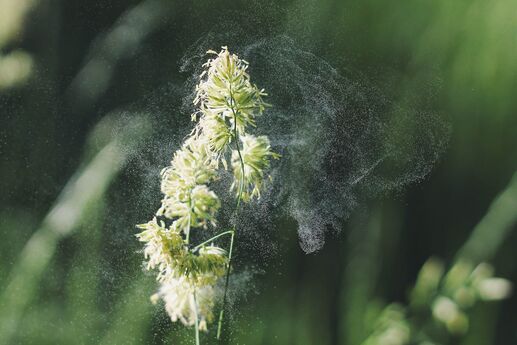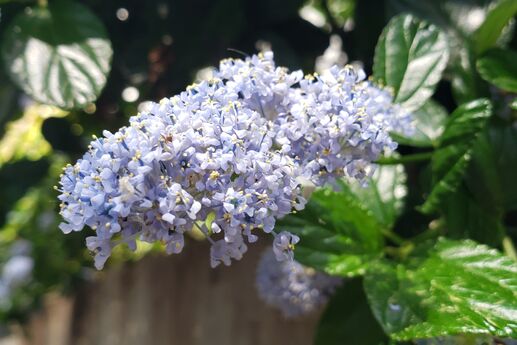Nasal Rinse to Treat Seasonal Allergies
Seasonal allergies affect millions of people every year, causing symptoms such as runny nose, sneezing, itchy eyes, and congestion. While there are numerous over-the-counter and prescription medications available to treat these symptoms, some people prefer to seek natural remedies. One such remedy is saline nasal rinsing, which involves flushing out the nasal passages with a solution of salt and water. In this blog post, we will explore how saline nasal rinse can help with seasonal allergies.
What is Saline Nasal Rinse?
Saline nasal rinse, also known as nasal irrigation or sinus rinse, is a technique used to clear the nasal passages of excess mucus and irritants. The process involves using a saline solution, which is a mixture of salt and water, to rinse out the nasal cavities. This can be done using a neti pot, squeeze bottle, or bulb syringe.
How Does Saline Nasal Rinse Help with Seasonal Allergies?
Seasonal allergies occur when the immune system overreacts to pollen from trees, grasses, and weeds. This can cause inflammation in the nasal passages, leading to symptoms such as congestion, runny nose, and sneezing. Saline nasal rinse can help alleviate these symptoms in several ways:
-
Clears out allergens and irritants: Saline nasal rinse helps to flush out allergens and irritants that can trigger seasonal allergies. By removing these substances from the nasal passages, the body is less likely to mount an immune response, which can reduce the severity of allergy symptoms.
-
Reduces inflammation: Saline nasal rinse can help to reduce inflammation in the nasal passages by flushing out excess mucus. This can alleviate symptoms such as congestion and improve breathing.
-
Moisturizes the nasal passages: Saline nasal rinse can help to moisturize the nasal passages, which can reduce irritation and dryness. This can help alleviate symptoms such as itching and burning in the nose.
-
Improves the effectiveness of medications: Saline nasal rinse can help to improve the effectiveness of medications used to treat seasonal allergies. By clearing out excess mucus and allergens, medications such as antihistamines and decongestants can better reach the nasal passages, where they are needed most.
How to Use Saline Nasal Rinse for Seasonal Allergies
Using saline nasal rinse for seasonal allergies is a simple process that can be done at home. Here are the steps:
-
Prepare the saline solution: Mix one teaspoon of salt with eight ounces of warm water. Make sure the water is sterile or distilled.
-
Fill the neti pot, squeeze bottle, or bulb syringe with the saline solution.
-
Tilt your head forward over a sink and turn it to the side.
-
Insert the spout of the neti pot, squeeze bottle, or bulb syringe into one nostril, and gently squeeze or pour the saline solution into the nostril.
-
Allow the saline solution to flow through your nasal passages and out the other nostril. Breathe through your mouth during this process.
-
Repeat the process with the other nostril.
-
Blow your nose gently to remove any excess saline solution and mucus.
It is recommended to use saline nasal rinse once or twice a day, or as directed by a healthcare provider. It is important to use sterile or distilled water to avoid introducing bacteria or other contaminants into the nasal passages.
Saline nasal rinse is a natural remedy that can help alleviate symptoms of seasonal allergies. By flushing out allergens and irritants, reducing inflammation, moisturizing the nasal passages, and improving the effectiveness of medications, saline nasal rinse can provide relief for people who suffer from seasonal allergies. If you are considering using saline nasal rinse for seasonal allergies, be sure to check in with your doctor to see which solution is best for you.
Photo by Alex Jones on Unsplash





